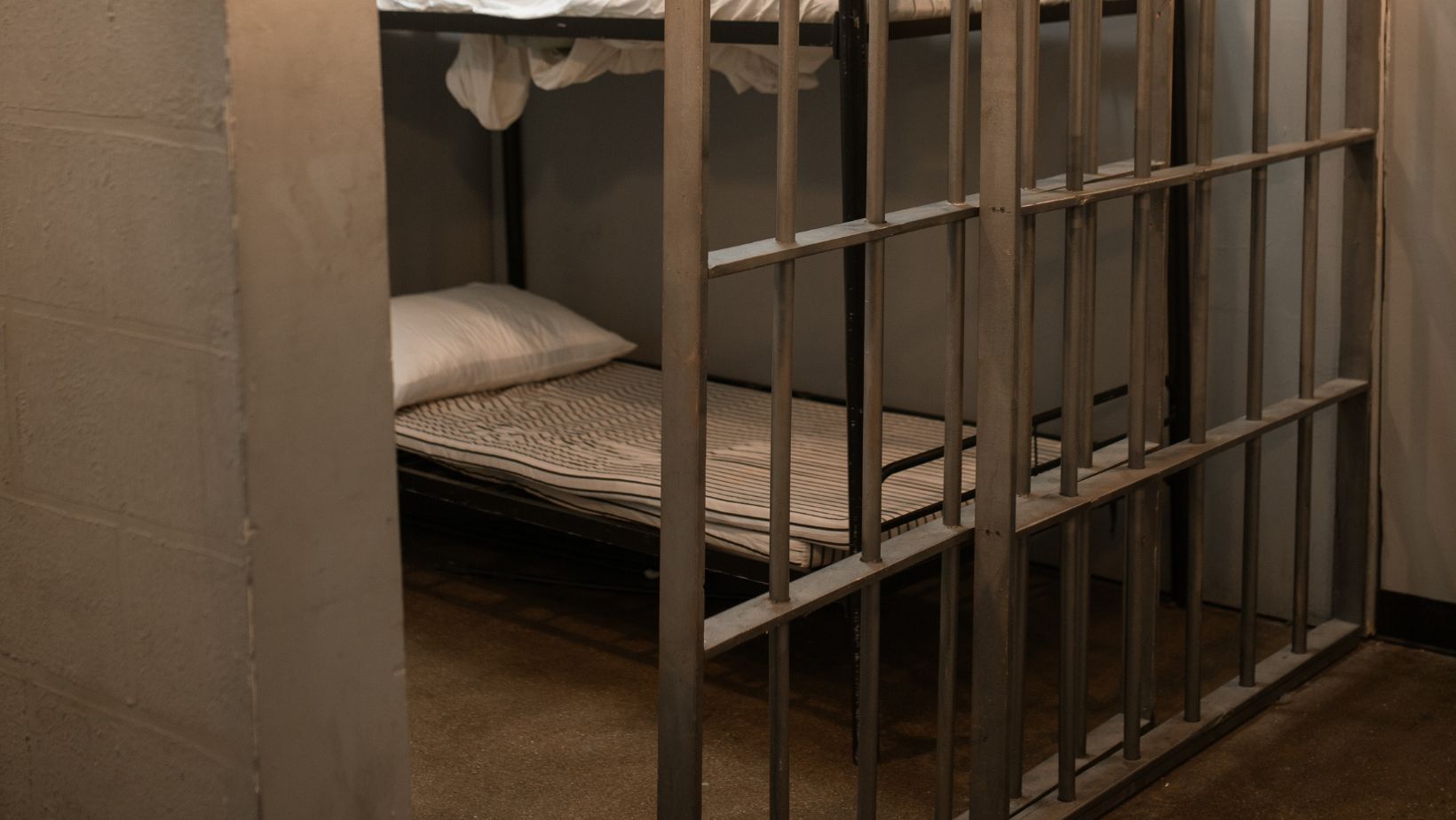Prison Architect Prisoners Unable to be Assigned to a Cell
Prison Architect is a popular simulation game where players take on the role of a prison architect and are tasked with managing every aspect of a correctional facility. One common issue that players may encounter is prisoners being unable to be assigned to a cell, which can create frustration and confusion. In this article, I’ll address the reasons behind this problem and provide possible solutions.
There are several factors that can contribute to prisoners not being assigned to a cell in Prison Architect. One possibility is that there simply aren’t enough available cells for all the inmates. This could be due to poor planning or an influx of new prisoners exceeding the capacity of your existing cells.
Another reason could be that there are issues with the layout or zoning of your prison. Cells need to be properly designated as such in order for prisoners to be assigned to them. If you’ve accidentally marked certain areas as staff-only or if there are gaps in your cell blocks, it can prevent prisoners from being allocated a place.
Understanding the Root Causes of Assignment Problems
Lack of Available Cells
One of the main reasons why prisoners may be unable to be assigned to a cell in Prison Architect is due to a lack of available cells. This can occur when the prison infrastructure does not have enough space to accommodate all the incoming prisoners. When this happens, it becomes impossible for the game’s mechanics to assign prisoners to cells since there simply aren’t enough cells available.
To address this issue, prison administrators need to ensure that they have an adequate number of cells in their facility. They should carefully plan and allocate resources towards expanding the capacity of their prison by constructing more cell blocks or upgrading existing ones. By increasing the number of available cells, administrators can effectively mitigate assignment problems caused by a lack of space.
Unassigned Prisoners
Another possible cause for assignment problems in Prison Architect is unassigned prisoners. These are individuals who haven’t been properly designated to a specific cell within the prison. Unassigned prisoners can create confusion and chaos within the facility as they wander around aimlessly, potentially leading to security breaches or conflicts among inmates.
To avoid this situation, it’s crucial for prison administrators to establish efficient intake procedures. This involves ensuring that every prisoner entering the facility is promptly processed and assigned a suitable cell upon arrival. Implementing clear protocols and utilizing technology such as inmate management systems can help streamline this process and reduce instances of unassigned prisoners causing assignment problems.

Exploring the Role of Prisoner Traits in Cell Assignment
When it comes to managing a prison, one of the key challenges is assigning prisoners to suitable cells. However, there are instances where prison architects face difficulty in assigning prisoners to cells. In this section, I’ll delve into the role of prisoner traits in cell assignment and shed light on why some prisoners may be unable to be assigned to a cell.
- The Impact of Security Levels:
- Each prisoner has a specific security level based on their criminal history and behavior.
- Prison architects must ensure that prisoners are housed in cells corresponding to their security level for safety reasons.
- If there is a lack of available cells with the appropriate security level, some prisoners may remain unassigned.
- Behavioral Factors:
- Certain prisoner traits, such as aggression or susceptibility to violence, can influence cell assignment decisions.
- Architects must consider these factors when determining which inmates can safely coexist in the same cell block.
- If an inmate’s behavioral profile poses a risk to other prisoners or staff members, finding a suitable cell placement becomes more challenging.
- Special Needs and Medical Considerations:
- Some prisoners may have specific medical conditions or special needs that require accommodation.
- These could include physical disabilities or mental health issues that necessitate specialized housing arrangements.
- When there is limited availability of designated cells for such cases, it can result in certain inmates being unable to be assigned until appropriate facilities become available.
It’s important for prison architects and administrators alike to analyze prisoner traits thoroughly during the facility planning phase. By considering security levels, behavioral factors, special needs, and resource limitations, they can better anticipate challenges in cell assignments. Understanding the role of prisoner traits in this process is crucial for maintaining order and safety within correctional facilities.


